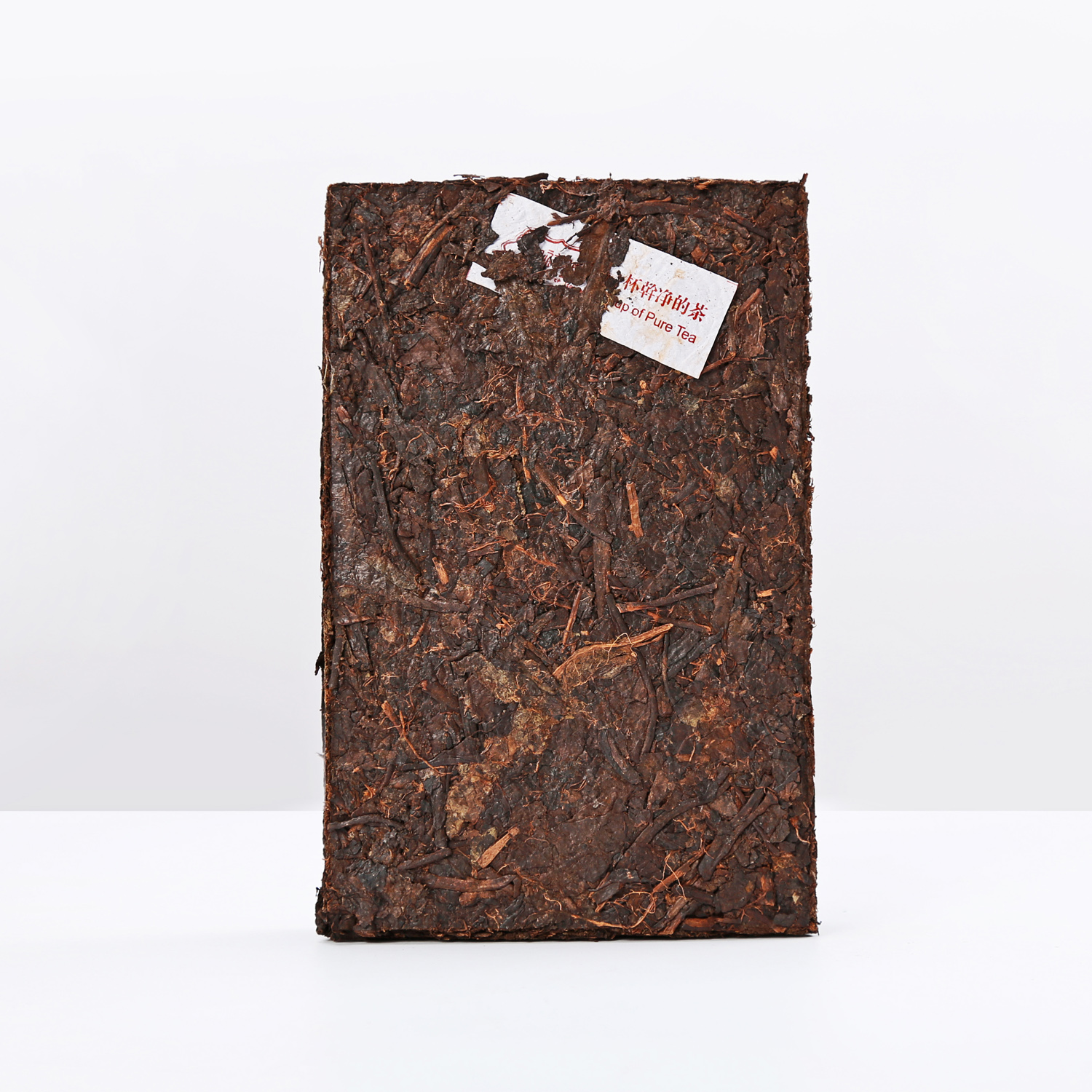
- 1. Definition
- 2. Origins of Pu’er

- 3. Types of Pu’er
Pu'er tea is divided into two categories: Pu'er raw/shen tea and Pu'er ripe/shu tea according to the processing technology and quality characteristics. According to the appearance, Pu'er tea is divided into loose tea and compressed tea.
Pu'er ripe tea: the shape is thick and strong, the color is black or red brown, the tea soup is red, bright or deep red, orange red, and the aroma is unique (or sweet, betel nut, longan, etc. ), rich and long-lasting, the taste of the tea soup is mellow and sweet, and the leaves are black or brown.

- 4. The processing way of Ripe Pu’er
The processing of Pu'er ripe tea is based on the processing of sunning fixation of Maocha (fresh leaves - wilting - fixation - rolling - drying) and then a special processing technology - piling fermentation.
Taking Yunnan big tea leaves as raw material, the tea leaves are splashed with water to absorb moisture, and then piled into a certain thickness to allow it to naturally ferment. After around 45 days of accumulation and fermentation, the color of the tea leaves become brown, with a unique aged scent, and the taste becomes rich and mellow.
